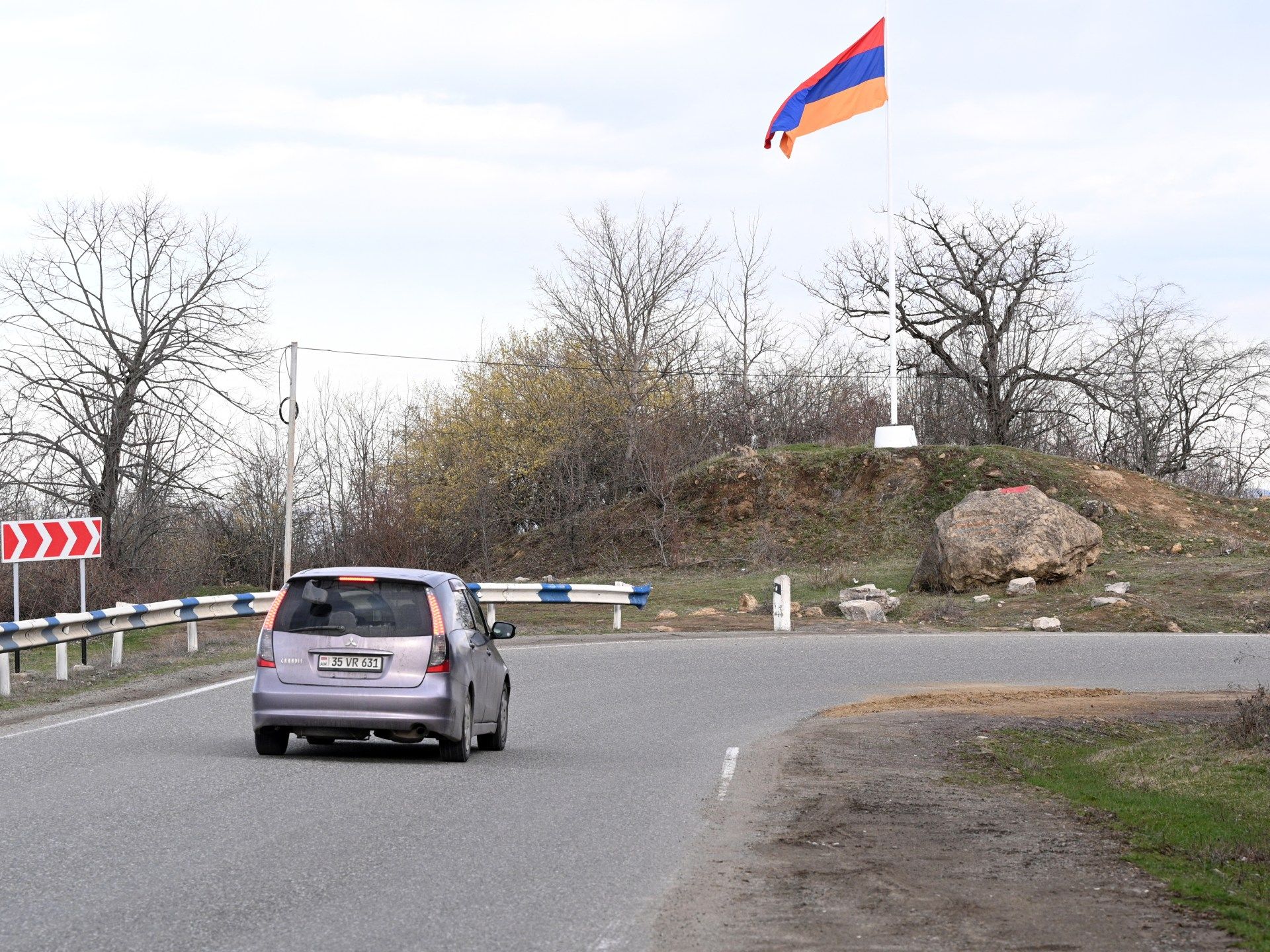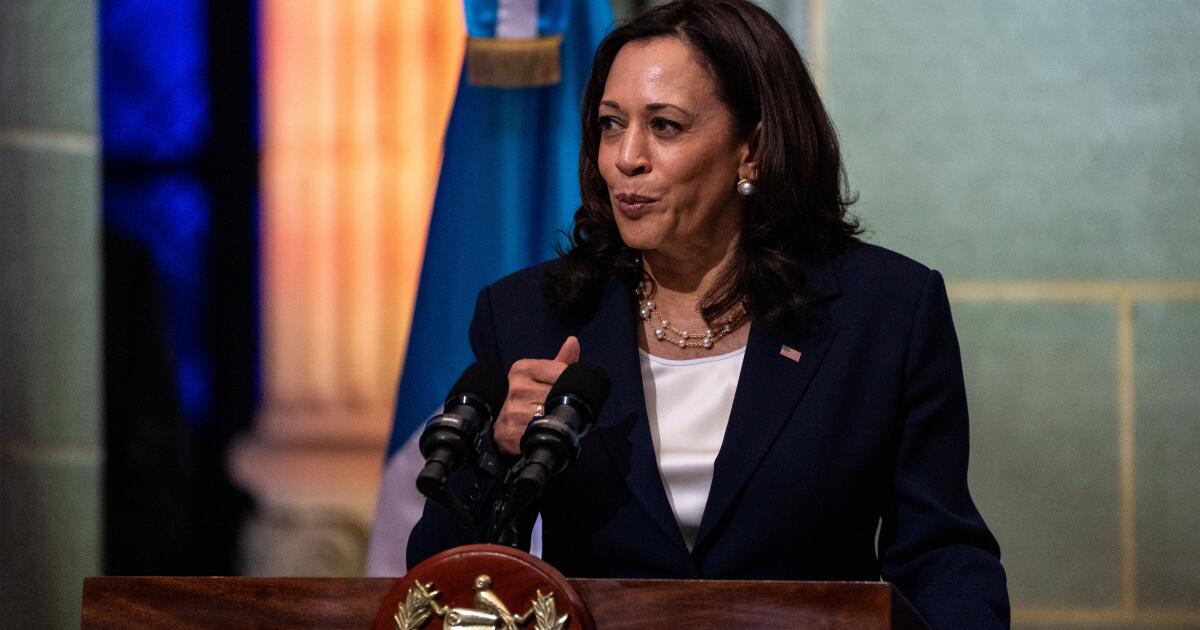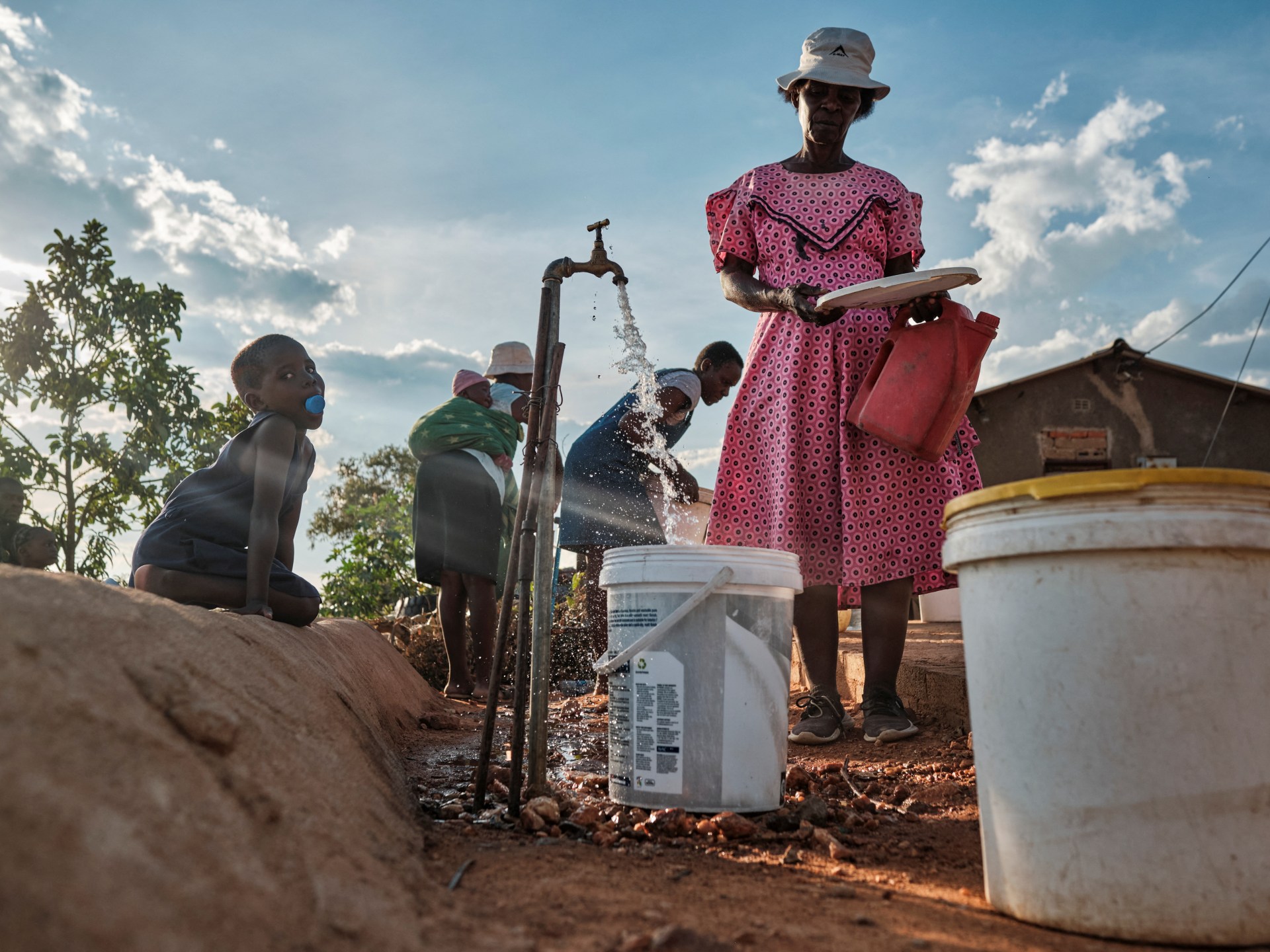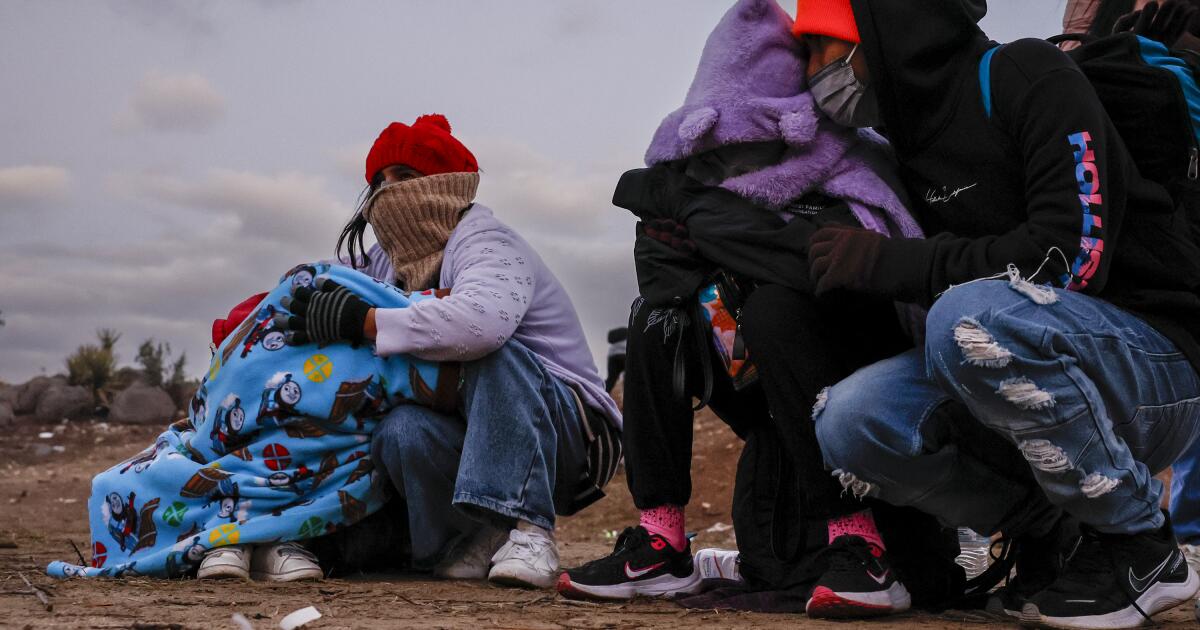Armenian Prime Minister Pashinyan called the deal a “milestone” on the path to peace between the rivals, but protesters accuse him of betrayal.
Armenia has returned four border villages to Azerbaijan, a key step toward normalizing ties between the historic rivals who have fought two wars since the collapse of the Soviet Union.
Armenia's security service said on Friday that its border guards had “officially” assumed new positions reflecting a border delimitation agreement between the two countries, returning the villages of Baghanis, Voskepar, Kirants and Berkaber.
Meanwhile, confirming the handover, Azerbaijan's Deputy Prime Minister Shahin Mustafayev announced that his country's border guards had taken control of the four settlements, which Azeris know as Baghanis Ayrum, Asagi Eskipara, Heyrimli and Kizilhacili.
Armenian Prime Minister Nikol Pashinyan agreed to the move in March as part of efforts to secure a lasting peace agreement between the countries. On May 16, Yerevan and Baku redrew 12.7 kilometers (8 miles) of border zone, reflecting the return of the four uninhabited villages that were taken over in the 1990s by Armenia.
Pashinyan last week described the agreement as a “very important milestone in further strengthening Armenia's sovereignty and independence.”
However, Armenian residents of nearby settlements say the transfer could isolate them from the rest of the country and accuse Pashinyan of unilaterally ceding territory without any guarantees in return.
The prime minister's move has sparked weeks of anti-government protests in Armenia, with thousands of protesters led by the charismatic Archbishop Bagrat Galstanyan accusing him of treason and demanding his resignation.
While the settlements are deserted, they are considered strategically important as they are located near Armenia's main road north towards the border with Georgia. Much of Armenia's trade travels along this road and reaches the gas pipeline through which it receives gas from Russia.
peace agreement
Azerbaijan had been demanding the return of the villages as a condition of a peace deal after more than three decades of conflict, centered mainly in the Nagorno-Karabakh region.
Momentum shifted dramatically in Azerbaijan's favor last September when its forces launched a lightning offensive to regain control of Nagorno-Karabakh, where ethnic Armenians had enjoyed de facto independence since the mid-1990s.
Virtually the entire population of 100,000 fled to Armenia within days.
The episode was a blow to Yerevan, but it also removed a long-standing source of disagreement from the table, paving the way for an agreement that has until now been elusive.
However, Azerbaijan and Armenia still have other unresolved territorial disputes, mainly centered on enclaves, with both sides demanding that the other relinquish control or provide access to them.












